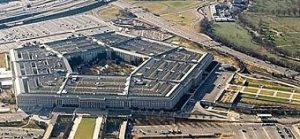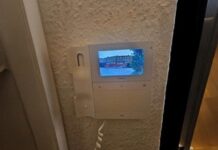
Flir Systems, Inc. has installed its EST screening system at the Pentagon Visitor Center in Washington, D.C. The system is being used to screen visitors for elevated or higher than expected skin temperatures, which can help guard against the spread of COVID-19.
The company’s integrated EST screening solution, the A700 EST-IS, features the Flir A700 thermal imaging camera.
The installation of its EST system at the Pentagon is one of many efforts Flir is currently discussing with United States Department of Defense officials for applications across the armed services. The news follows statements made by Flir President and CEO Jim Cannon on a recent earnings call that the company booked roughly $100 million in new EST business in the first quarter of 2020. More recently, General Motors announced it will use Flir cameras at many of its sites to screen workers in an effort to help prevent the spread of the novel coronavirus.
“For more than 40 years, Flir has provided advanced thermal imaging technology to America’s military — on its aircraft, helicopters, ships at sea, and to forces on land,” said Cannon. “We’re honoured to again serve the U.S. defence community in this effort to better protect visitors to the Pentagon and support elevated skin temperature screening.”
For applications in public buildings, hospitals, airports, schools, sports venues, or manufacturing, Flir Systems’ EST cameras can be a first line of defence in managing the risks associated with a global pandemic. These groups and others are using FLIR thermal imaging cameras and software for the initial screening needed to help detect people with signs of elevated skin temperature. Once identified, those individuals can be checked with a medical device to determine if they have a fever, one of the symptoms of a coronavirus or other flu infection.
Flir is a global leader in thermal cameras for temperature screening-related applications. Its technology has been employed worldwide by customers since the 2003 SARS epidemic, with unique functionality that includes advanced measurement tools and alarms to enable faster critical decisions.











